This overview shows the progression of Bloom's Digital Taxonomy, how each thinking skill applies in practice, and examples of activities using digital tools.
Get Started for FREE
Sign up with Facebook Sign up with X
I don't have a Facebook or a X account
 Your new post is loading... Your new post is loading...
 Your new post is loading... Your new post is loading...

Mika Auramo's curator insight,
April 28, 2014 12:04 AM
Erinomainen infografiikka sulautuvasta opetuksesta, vertailun vuoksi myös arkaaisesta menetelmästä.
StudentGeneratedInduction's curator insight,
October 28, 2014 6:06 PM
Links to an interesting set of infographics showing how learning can be made more active. The outcome of doing this has benefits for teachers and students. It is also noted to be an influence on student retention. 
Anthippi Harou's curator insight,
December 26, 2014 1:36 AM
Very interesting article on 'blended learning'.

Mohini Lata's curator insight,
May 20, 2013 11:27 PM
The Online Interactive Thinking Strategies and Tools are designed to enable students to think with depth and structure. This article Thinking Tools builds inclusive learning by building students coping and problem solving capacities. This article links with my topic of Using Mathematical Higher Order Thinking in the digital Technologies to present their thoughts and findings using Multiple Intelligences. This program could be used to support the Digital Technologies processes and production skills strand of the proposed Technologies learning area of the Australian Curriculums sub-strand of Interactions and impacts. The learning curve provides inclusive learning by building cohesive learning partnerships |
Anne-Maree Johnson's curator insight,
July 29, 2014 6:51 PM
What does the term "digitally literate" mean? This article gices some prompts about what digital literacy is- and what it isn't. 
Kristen McDaniel's curator insight,
August 4, 2014 11:15 AM
I really enjoyed this article on "do's" and "don'ts" for empowering students in digital literacy techniques. I think we forget - this is where our students shine. The article points out that today's undergraduates have NEVER known life without the internet. How do we use that to help our students learn more? 
Ness Crouch's curator insight,
April 8, 2015 8:37 PM
Digital Literacy is becoming more important in learning. The curriculum today requires teachers to use digital tools. Please read this interesting take on digital literacies. |



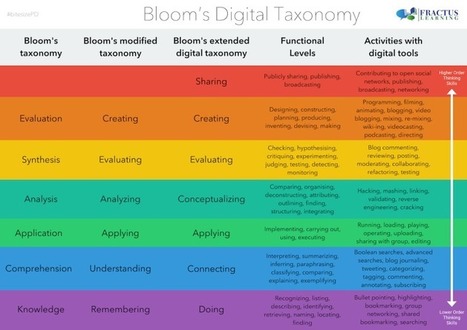



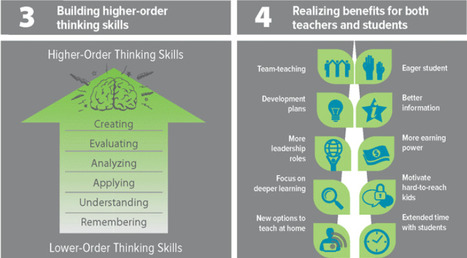


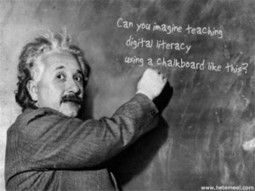
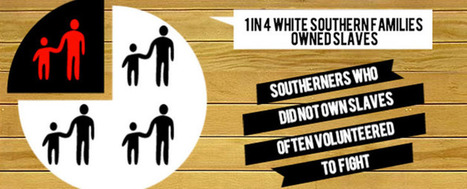
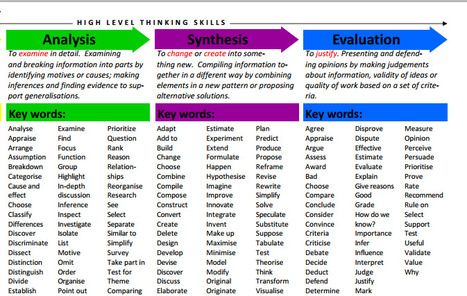







Remediating Bloom for new literacies.
This is a wonderful resource with a jpeg link and a description...thank you for scooping it, Beth!